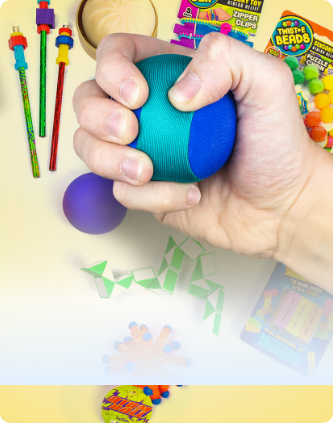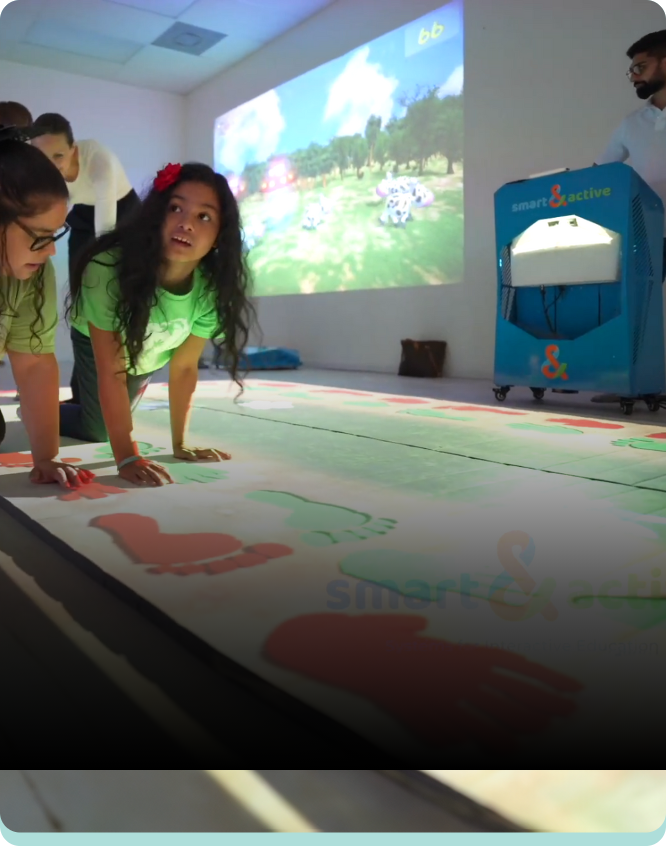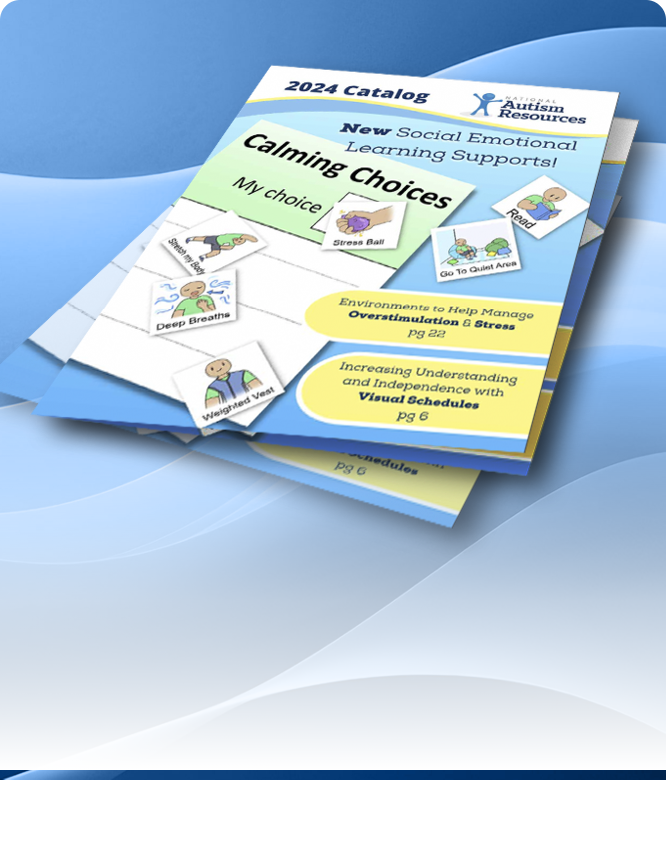Inclusion Solutions: Cooperative Learning Can Benefit Every Student
Posted by Savana Flakes on Aug 28th 2019
“Inclusion works to the advantage of everyone. We all have things to learn and we all have something to teach.” Helen Henderson
Every student can benefit from effective cooperative learning. Cooperative learning is more than just putting students into groups, it involves ensuring every learner has a voice and has an important role in reaching team goals and ultimate success. Effective cooperative learning allows students to build necessary social and emotional learning skills such as perspective sharing, social awareness skills, and relationship skills. Effective cooperative learning is one of most important practices we can design to support diverse learners in our inclusive classrooms.
These are three of my favorite Kagan Cooperative Learning Structures to support Inclusive Classrooms:
Numbered Heads Together
Students form groups. Each person in the group is assigned a number (1-4). Teacher poses a problem/ question. Students lift up from their chairs to put their heads together, discuss and teach each other. Students sit down when everyone knows the answer, everyone has something to share, or when time is up. Teacher calls a number. The student with that number from each team answers the question individually, using response cards, manipulatives, whiteboards, etc. Some possible accommodations to support all students include explicit modeling of expected participation using classroom staff members. Be sure to allow alternate forms of expression (Universal Design for Learning) such as a drawing, a song, or a series of specific pictures to help explain their answers. Teachers should rotate through the groups to ensure that everyone is involved and to help guide the groups to generating correct answers. Provide scribe/read aloud accommodations as needed.
Talking Chips
All students are given one chip (or any other object like a rock, penny, etc.). Students are asked to discuss a topic in groups. As each student talks, s/he places his/her chip in the center of the table. Once a student finishes talking, s/he cannot talk until every other chip has been placed in the center. If a student doesn’t have anything to share on this particular topic, they can place a chip in the center at the end. When all chips are down, students retrieve their chips and start over. Some possible accommodations to support all students include modeling expected participation using classroom staff members. Preset any communication devices that students access with relevant answers to the topics of discussion. Support students with the expected procedure (talk one at a time, no sharing once your chips is in, etc.) as needed until they understand the mechanics of the activity. Be sure to allow alternate forms of expression (Universal Design for Learning) such as a drawing, a song, or a series of specific pictures to help explain their perspective on a topic of discussion.
Fan and Pick
In this cooperative learning structure, each student in the group has a specific role in the team. Every team member has a voice and has an important part to play in team success. There are four team members. Student 1 holds the question cards in a fan and says, “Pick a card, any card!” Student 2 picks a card, reads the question out loud and allows five seconds of think time. Student 3 answers the question. Student 4 restates the answer. For right or wrong answers, student 4 checks and then either praises or coaches. For higher-level thinking questions which have no right or wrong answer, student 4 does not check for correctness, but praises and paraphrases the thinking that went into the answer. Students rotate roles one clockwise for each new round or they can maintain their respective roles for a few cycles. Some possible accommodations are to strategically use data and student strengths to designate roles in the structure. Be sure to provide a visual “fan and pick board” to support team members with their specific roles. Also, model and provide students with visual discussion stems to support the with rich conversation. Check-out this great video of “Fan and Pick” in action.
The research from Robert E Slavin, Robert Marzano, and John Hattie all highlight the importance of incorporating cooperative learning into our classroom instruction; cooperative learning increases engagement, supports critical thinking, and rich discourse. In our inclusive classrooms, cooperative has the potential to level the playing field and ensure every student has the opportunity to “learn and to teach.” After all, this is our goal.







